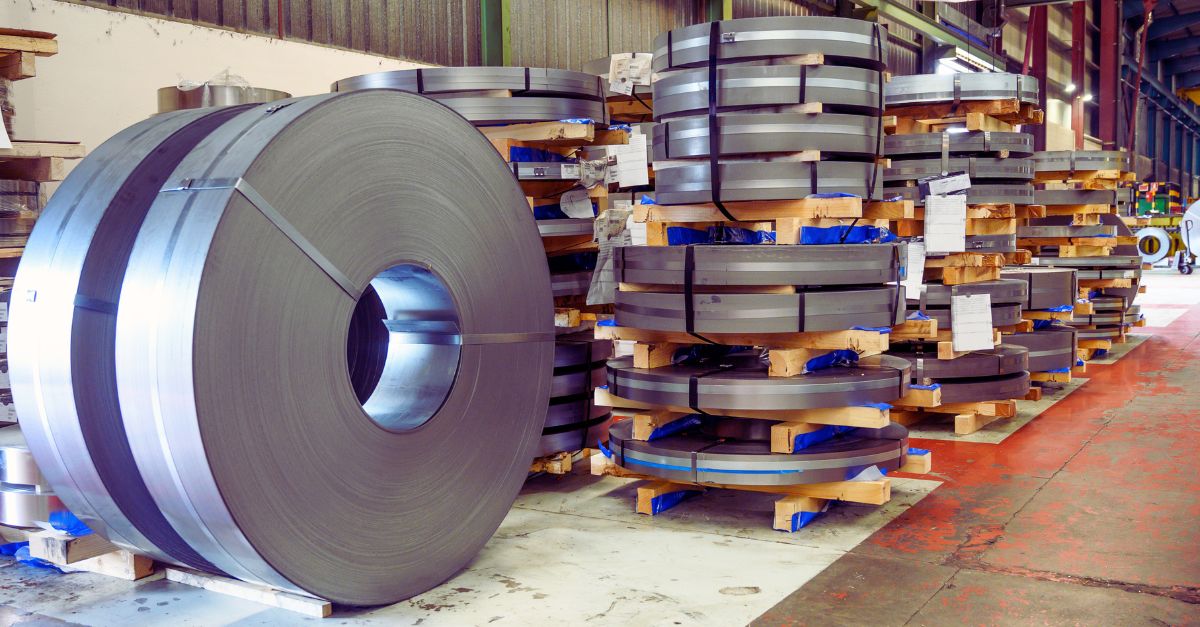India–US Trade Tensions Rise Over Steel and Auto Tariffs NMDC Limited reports a 38% drop in Q4 FY24 consolidated net profit RINL to Raise $23 Million Through Land Sales Amid Crisis

1️⃣ Indian steel exports to the EU will become costlier due to CBAM’s rising carbon taxes.
2️⃣ Green steel adoption is crucial to avoid financial burdens and sustain export competitiveness.
3️⃣ Government and industry collaboration is necessary to navigate the impact of EU carbon regulations.
Indian steelmakers may face an additional cost of $116 per tonne by 2034 due to the European Union's Carbon Border Adjustment Mechanism (CBAM), which imposes a tax on high-carbon imports. The regulation aims to curb carbon emissions by placing financial penalties on carbon-intensive industries, impacting India’s steel exports significantly.
The CBAM, set for full implementation by 2034, will gradually increase compliance costs for Indian exporters, raising financial pressure on companies reliant on the EU market. Indian steel manufacturers currently produce steel with higher carbon emissions compared to EU benchmarks, making them vulnerable to CBAM’s tariff structure.
To mitigate these rising costs, Indian steel firms must accelerate investments in green steel technologies, including hydrogen-based direct reduced iron (DRI), electric arc furnaces (EAFs), and carbon capture initiatives. The Indian government is also engaging with the EU to negotiate transition measures and explore potential exemptions or compensations.
While CBAM presents a challenge, it also provides an opportunity for Indian steelmakers to shift towards low-carbon production, ensuring long-term sustainability and competitiveness in global markets.
Also Read : Vardhman Special Steels Announces ₹2,000 Crore Greenfield Plant in Punjab Baosteel Maintains Flat Steel Prices for June Sales